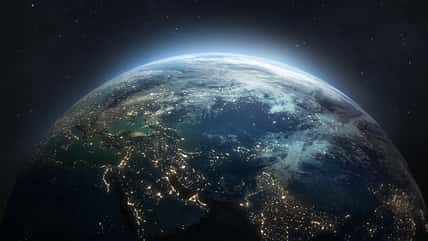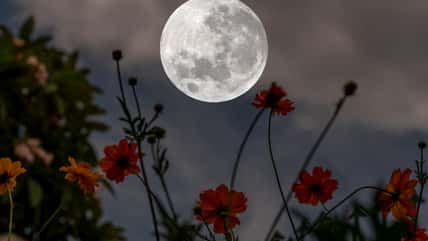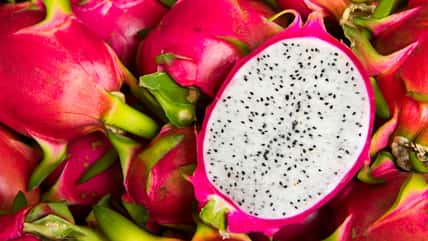Fog Harvesting Is Making It Possible To Get Water In One Of The Driest Places In The World: The Atacama Desert

One of the driest places in the world is Chile’s Atacama Desert. It receives less than a millimeter of rainfall per year.
The main water source of the region’s cities is underground rock layers that contain water-filled spaces that were last replenished sometime between 17,000 and 10,000 years ago.
Now, researchers are trying to figure out if “fog harvesting,” a method that involves collecting and saving fog water, is a viable way of providing local residents with water.
“This research represents a notable shift in the perception of fog water use—from a rural, rather small-scale solution to a practical water resource for cities,” said Dr. Virginia Carter Gamberini, a first co-author of the study and an assistant professor at Universidad Mayor.
“Our findings demonstrate that fog can serve as a complementary urban water supply in drylands where climate change exacerbates water shortages.”
Typically, fog collectors consist of a mesh material suspended between two posts. The mesh serves as a surface for catching moisture.
The droplets gather on the mesh and drip down into a gutter that leads to water storage tanks. It’s a system that more or less functions on its own and does not require any external energy.
The research team conducted a year-long study in Alto Hospicio, a fast-growing municipality located in the Atacama Desert. Around 10,000 people live in informal settlements due to the city’s rapid growth.
Only 1.6 percent of these settlements are connected to water distribution networks. Most residents receive water transported by trucks.

Sign up for Chip Chick’s newsletter and get stories like this delivered to your inbox.
The researchers found that between 0.2 and five liters of fog water could be harvested per square meter each day in an area of 100 square kilometers surrounding Alto Hospicio.
The peak collection potential reached up to 10 liters per day and took place in August and September. Fog water may be a non-traditional source, but it can improve the residents’ quality of life.
“By showcasing its potential in Alto Hospicio, one of Chile’s most stigmatized yet rapidly urbanizing cities, this study lays the groundwork for broader adoption in other water-scarce urban areas,” said Nathalie Verbrugghe, a first co-author of the study and a researcher at Université libre de Bruxelles.
However, fog harvesting should not be seen as the only solution to water scarcity. Instead, it acts as a valuable part of a broader strategy for water management. The collected water can be used for drinking, irrigation, and local food production.
But large storage systems, piping infrastructure, and distribution methods would be necessary for fog harvesting to work successfully.
According to the researchers, 17,000 square meters of mesh could result in enough water to meet the weekly water demand for urban slums.
Meanwhile, 110 square meters could meet the yearly demand for the irrigation of green spaces. More research is needed to determine how well fog harvesting would work in larger settlements.
The team hopes this study encourages policymakers to incorporate this renewable source into national water management strategies.
The study was published in Frontiers in Environmental Science.
More About:News





